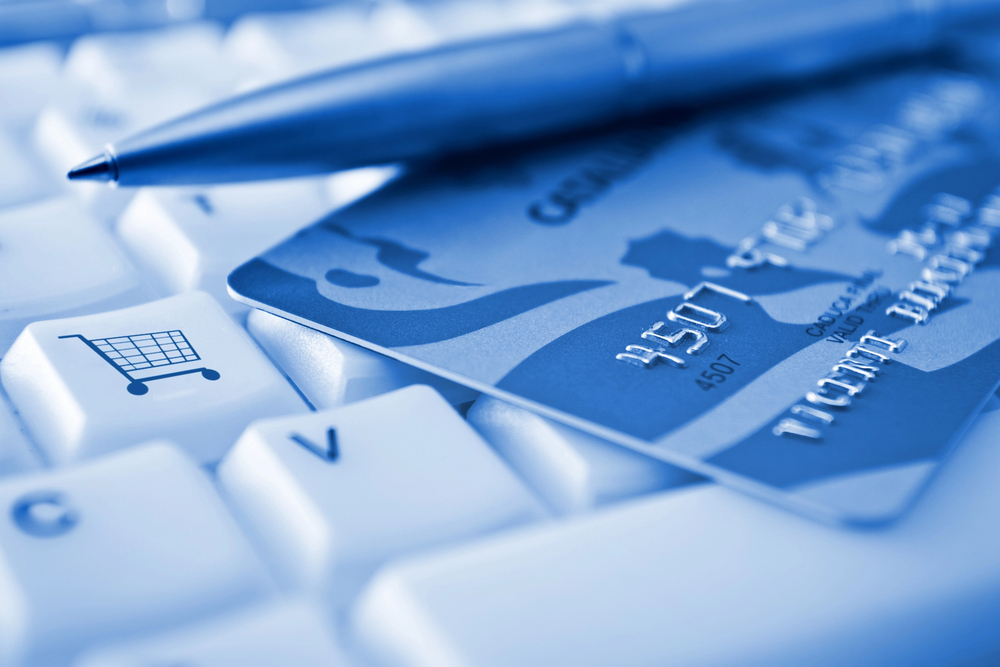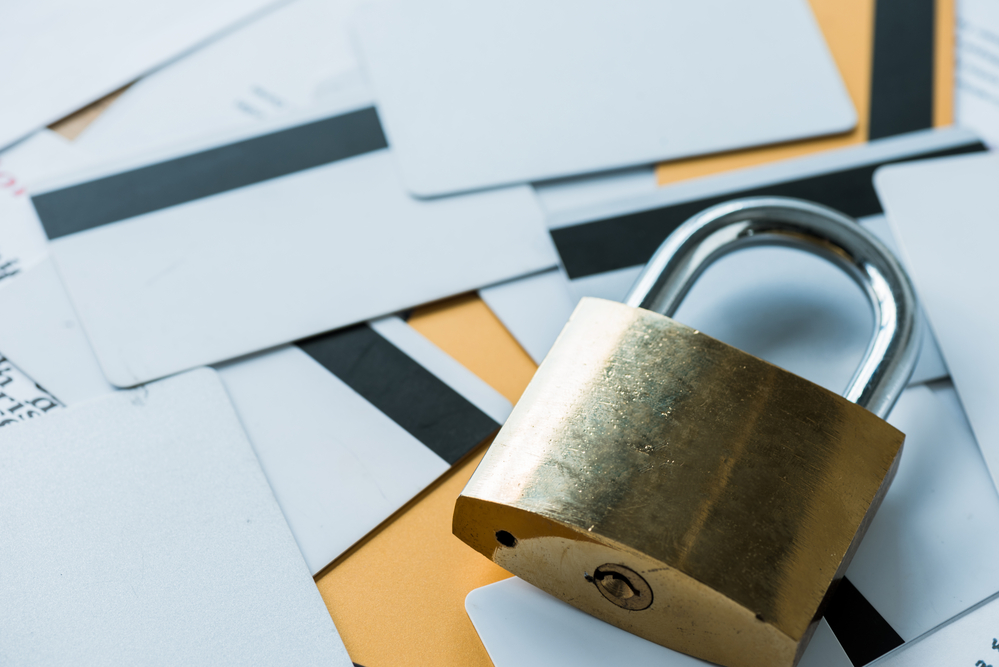
How to Prevent False Declines on High-Ticket Transactions
Aug 22, 2022 2 minute Read
False declines are an annoying nightmare for merchants selling high-ticket items. The customer clearly wants your product and the only thing getting in their way is their own bank!
Here, we’ll tell you why false declines happen and how to fix it. Having a fluid customer checkout experience is critical for maximizing customer lifetime value and minimizing overall risk. With the right solution in place, merchants of all sizes can enjoy the benefits of enhanced fraud prevention as well as better data management and customer experience.
What’s a false credit card decline?
A false decline is a transaction that is declined by the card issuer, but should not have been. It’s a “false” decline because it meets all of the requirements of the card issuer’s fraud policy.
This can be very frustrating for the merchant and their customers, who are left waiting for hours as their orders are put on hold or cancelled altogether. Even though most false declines can be corrected if the cardholder calls their bank, that extra step is sometimes the tipping point between making a sale and failing to secure it.
How do false declines happen?
When the customer enters their card info on your payment gateway, it has to go through the processor and approved by the issuing bank. Generally with false declines, the issuing bank is the problem.
No matter what reasoning occurs, the state is the same: a “transaction failed” message appears in some form and the order doesn’t go through.
Luckily, you have a few options for correcting this automatically (where possible) and with a slight nudge to the cardholder. We’ll get into how shortly.
Why does it happen?
High-ticket transactions are those that exceed a certain amount of money. For example, if you’re selling an item worth $1,000 or more, it would be considered a high-ticket transaction. High-ticket transactions are often subject to additional fraud prevention measures by credit card companies and banks.
For any transaction, the biggest reason declines happen is because of bad card information like entering the wrong billing address or shipping address or incorrect authentication (CVV/CCV). These are soft declines and don’t have as large of an effect on the decline rate or result in chargebacks as hard declines.
There are many reasons why a high-ticket transaction could be declined. The following are the most common:
- The transaction is unusually high for the cardholder’s account. This may happen when a new customer makes their first purchase with you and doesn’t have much credit available on their account. It can also happen if a customer has just made several purchases in a short period of time and their spending limit has been reached.
- Multiple charges in a short period of time. If you see multiple card purchases coming through your account that are relatively low in value (less than $20) but charge to the same card number (for example, four separate transactions for items less than $20), this may indicate fraudulent activity and result in a decline of future transactions with online merchants where this type of activity takes place frequently.
- Card not present environment (CNP). Online payment processing is considered CNP because there is no physical representation of a customer’s credit card when they’re buying something online. Therefore, there’s no way to verify that it’s actually theirs or that the purchase is authorized to use it. Because other parties have access to all sorts of sensitive information about us these days (think social media accounts), it’s easier than ever for criminals who want our money (or our personal data) to obtain it just by taking advantage of these vulnerable situations.
- The card number is flagged as suspicious by the issuer’s fraud policy. This could be because someone else used it to commit fraud or because they’ve recently had fraudulent transactions on their account.
What can merchants do to reduce error rates?
Merchants can help reduce error rates by taking steps to ensure that their legitimate customers are being treated fairly. In many cases, merchants assume that it’s the customer who’s wrong—this is an easy trap to fall into, but it’s not usually the case.
Here are a some things to consider.
Use a Domestic MID
If you’re charging US customers from a European MID or vice versa, there will be issues with potential fraud from the issuing bank. The bank only sees their cardholder’s account trying to make a foreign purchase, so they act fast.
The best solution in this case is to get a domestic MID. Open a merchant account in the locale of your customers. Europeans should be making purchases through your EU MID, US through your US MID, UK through your UK MID. You’ll see an immediate drop in false credit card declines.
Add ACH Option for US Customers
When it comes to high-ticket items, the ACH payment method is the best way to go. It has the least likely rate of being falsely declined.
For European customers, add a SEPA option for high-ticket items.
Display Pop-up Messages for the Customer
Let the customer know that the transaction is quite high and they’ll likely need to approve it with their bank. You can do this preventatively or after they submit their card details. The message should inform them about why their purchase was/will be declined and to call their bank, then try again.
Charge in Installments
Try to get the ticket size down to under $1000. Usually, purchases under that amount won’t get flagged unnecessarily. Then you can charge the remaining amount in 24 hours.
Or you can offer installment plans where the customer pays a portion every week or two weeks, like how Klarna or AfterPay work.
Check your MCC with your Processor
Every merchant has a Merchant Category Code assigned to their business that tells processors and banks the category of your business. During economic downturns, certain MCCs are deemed extraneous or luxurious. Purchases from merchants in these categories will get flagged and declined.
These are called high-risk categories in which high-risk merchants operate under.
Most merchants fall into several categories, which is good news. So you can call your processor or your merchant account provider and open an account with a code that doesn’t fall under “luxurious”.
Customize Your Gateway
The more hard declines from transactions like insufficient funds, stolen cards, etc. that your gateway tries to process, the dirtier your MID gets. With a dirty MID, legitimate transactions will get declined more easily, resulting in more lost revenue.
Clean it up by customizing your gateway and blocking repeat transactions, retries, certain card payment numbers, and more.
Too often, consumers are denied the products and services they want, with no real reason given.
When trying to purchase a high-ticket item, it’s helpful for the customer to know why declined transactions happen. Unfortunately, the reason is almost never given. They’ll get an automated message like: “We’re unable to process your payment at this time.” Or worse yet: “Our systems have detected suspicious activity with your account.” The lack of information from credit card companies can be frustrating for consumers—especially since they often don’t know how or when they can fix their situation.
In addition to being frustrating for consumers, false declines can also impact retailers negatively. When a high-value transaction fails due to fraud filter software, businesses lose that sale and may need additional resources in order to address customer complaints.
A more proactive approach to fighting fraud can make the online experience smoother and safer for everyone.
For merchants, the challenge of preventing false declines on high-ticket credit card transactions can be a big problem. A consumer’s experience with your site may be impacted by fraud detection issues, and they may not come back again because of it.
As long as we continue to use this reactive approach to fighting fraudsters, online shopping will always feel like a riskier prospect than it should be. Merchants need to adopt more proactive approaches focused on prevention rather than reaction.
Use these tips to prevent false declines, and make sure you’re using the right merchant account.
False declines are a pain for both merchants and consumers. They can cause frustration and lost sales, while also creating unnecessary expense for card issuers. These losses can add up quickly, as some merchants see high rates of false declines when accepting credit cards online. As a result, it’s important that you know what you’re doing to avoid them in order to keep your ecommerce business running smoothly.




